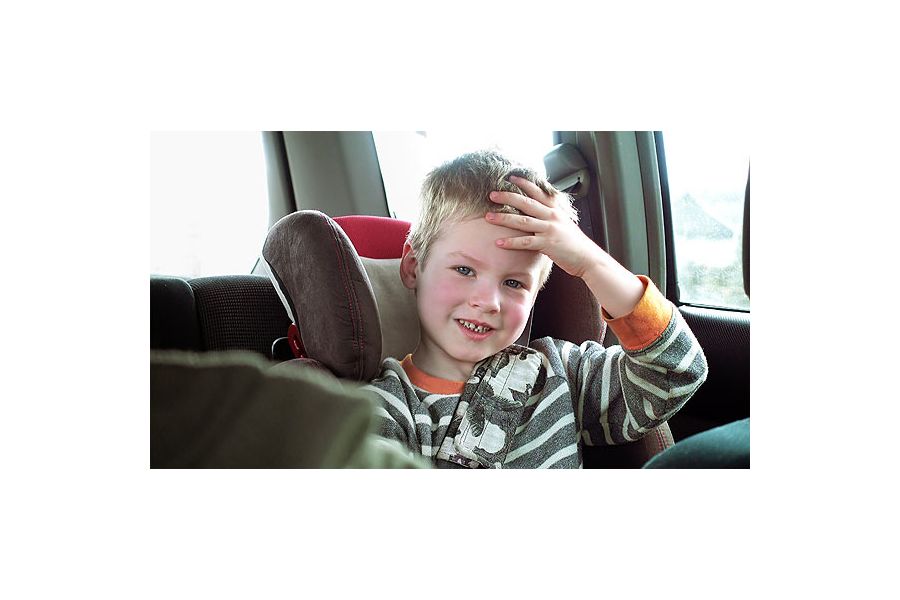Car Seat Safety a Difficult Subject

In 2011, the American Academy of Pediatrics (AAP) recommended that all children ride facing the rear of the car until age two, and as long as possible after that. Doing so can decrease a child’s chances of being seriously hurt or killed in a collision by a factor of five.
Car seat manufacturer Chicco recently surveyed parents on the issue. The survey results found that many parents (69 percent) believe other parents are letting their children sit forward-facing too soon.
As a result, the manufacturer has launched a new public awareness campaign to spread awareness of this important child safety practice. The campaign, called TurnAfter2, seeks to promote awareness and make it easier for parents to discuss child safety with one another.
"Even the most well-intentioned parents make honest mistakes when it comes to car seat safety, whether it's improper installation or misunderstanding how car seats are supposed to be used," says Dr. Benjamin Hoffman, a pediatrician and nationally recognized expert in child passenger safety. "The rule of thumb is simple – turn children forward-facing after they turn two years old. The longer they can stay rear-facing the safer they'll be."
The survey found that 84 percent of parents with kids 2 years old or younger said they would tell another parent if they saw him or her put his or her child at risk. At the same time, only 72 percent or respondents said they’re uncomfortable talking to other parents about how important it is to keep child seats rear-facing. A majority (58 percent) of respondents are aware of the AAP recommendation that children not ride facing forward in a car until at least age two.
When it comes to reasons why some parents feel uneasy discussing child safety seats with other parents, respondents revealed a variety of responses. Some said they don’t believe it’s any of their business (16 percent), or they don’t like confrontation (14 percent). Some parents weren’t sure of the right age to turn car seats around to face the front (15 percent) or intentionally allowed their children to ride facing the front too soon (13 percent).
Copyright © CTW Features